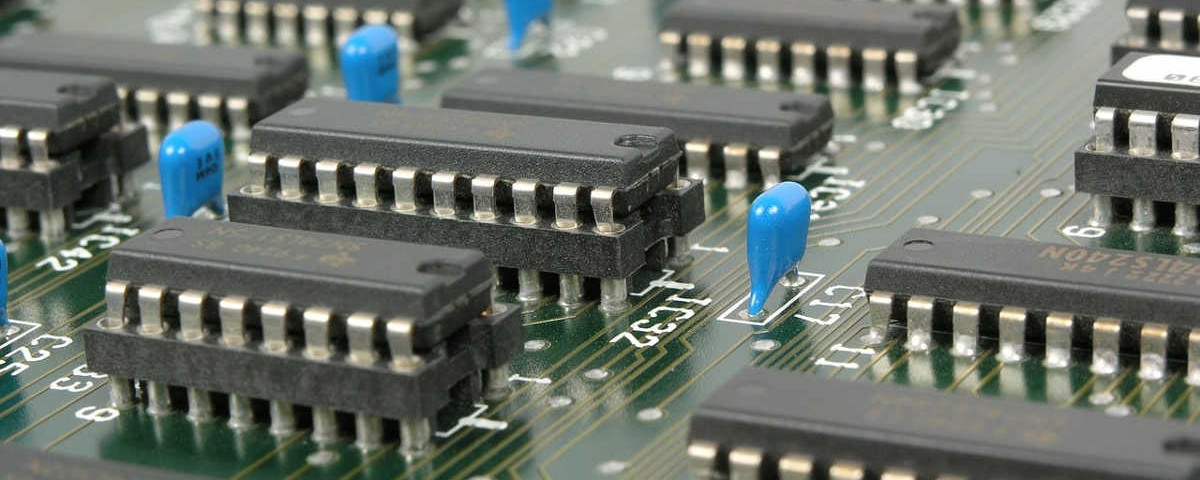DIGITAL SIGNAL ANALYSIS AND PROCESSING
Lecture : 3 year : IV
Tutorial : 1 Part : I
Practical : 3/2
Course Objectives:
To introduce digital signal processing techniques and algorithms.
1. Discrete time signals and systems [8 hours]
1.1. Discrete time signal, basic signal types
1.2. Energy signal, power signal
1.3. Periodicity of discrete time signal
1.4. Transformation of independent variable
1.5. Discrete time Fourier series and properties
1.6. Discrete time Fourier transform and properties
1.7. Discrete time system properties
1.8. Linear time invariant (LTI) system convolution sum, properties of LTI system
1.9. Frequency response of LTI system
1.10. Sampling of continuous time signal, spectral properties of sampled signal.
2. Z-transform [4 hours]
2.1. Defintion, convergence of Z-transform and region of convergence
2.2. Properties of Z-transform (linearity, time shift, multiplication by exponential sequence, differentiation, time reversal, convolution, multiplication)
2.3. Inverse z-transform by long division and partial fraction expansion.
3. Analysis of LTI system in frequency domain [6 hours]
3.1. Frequency response of LTI system, response to complex exponential
3.2. Linear constant co-efficient difference equation and corresponding system function
3.3. Relationship of frequency response to pole-zero of system
3.4. Linear phase of LTI system and its relationship to causality.
4. Discrete filter structures [8 hours]
4.1. FIR filter, Structures for FIR filter (direct form, cascade, frequency sampling, lattice)
4.2. IIR filter, structures for IIR filter (direct form I, direct form II, cascade, lattice, lattice ladder)
4.3. Quantization effect ( truncation, rounding), limit cycles and scaling.
5. FIR filter design [6 hours]
5.1. 5.1 Filter design by window method, commonly used windows ( rectangular window, Hanning window, Hamming window)
5.2. 5.2 Filter design by Kaiser window
5.3. 5.3 Filter design by frequency sampling method
5.4. 5.4 Filter design using optimum approximation, Remez exchange algorithm.
6. IIR filter design 6 [hours]
6.1. Filter design by impulse invariance method
6.2. Filter design using bilinear transformation
6.3. Design of digital low pass Butterworth filter
6.4. Properties of Chebyshev filter, properties of elliptic filter, properties of Bessel filter, Spectral transformation.
7. Discrete Fourier transform [7 hours]
7.1. Discrete Fourier transform (DFT) representation, properties of DFT (linearity, time shift, frequency shift, conjugation and conjugate symmetry, duality, convolution, multiplication), circular convolution
7.2. Fast Fourier Transform (FFT) algorithm (decimation in time algorithm, decimation in frequency algorithm)
7.3. Computational complexity of FFT algorithm.
Practical:
1. Introduction to DSP tools.
2. Signal generation and manipulation
3. Convolution
4. Cascade of second order systems
5. IIR filter
6. FIR filter
References
1. Alan V. Oppenheim, Ronald W. Schafer, John R. Buck, “Discrete-Time Signal Processing”, Pearson Education.
2. John G. Proakis, Dimitris G. Manolakis, “Digital Signal Processing”, Prentice Hall.
Evaluation Scheme
Marks distribution for all the chapters in the syllabus is shown in the table below.
|
Unit
|
Hours
|
Mark Distribution*
|
|
1
|
8
|
9
|
|
2
|
4
|
6
|
|
3
|
6
|
10
|
|
4
|
8
|
10
|
|
5
|
6
|
15
|
|
6
|
6
|
15
|
|
7
|
7
|
15
|
|
Total
|
45
|
80
|



3 Comments
can anyone provide me DSAP note?
It would be great if you could provide notes of “Digital Signal Analysis and Processing” with solved old questions and examples. Thanks in advance.
Note rakhnus na dai DSAP ko please